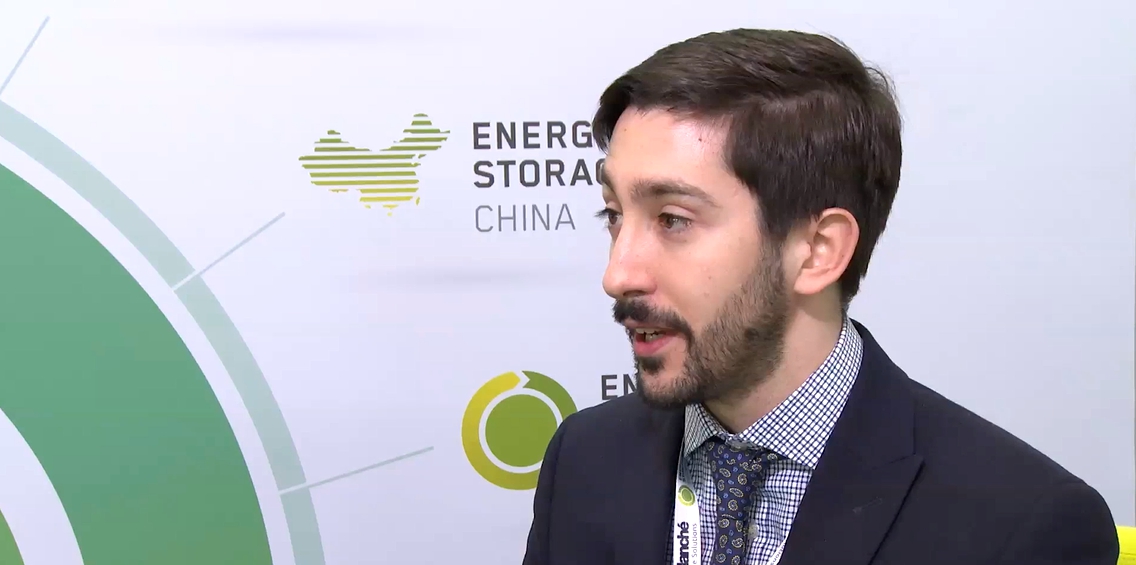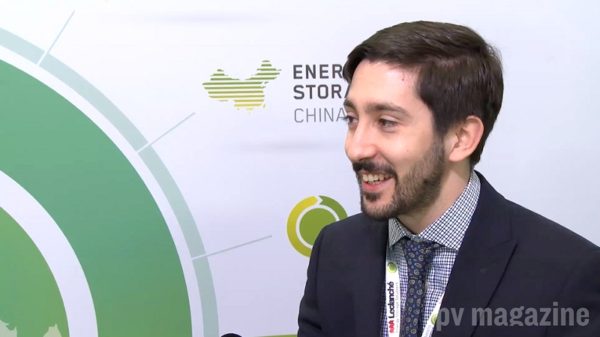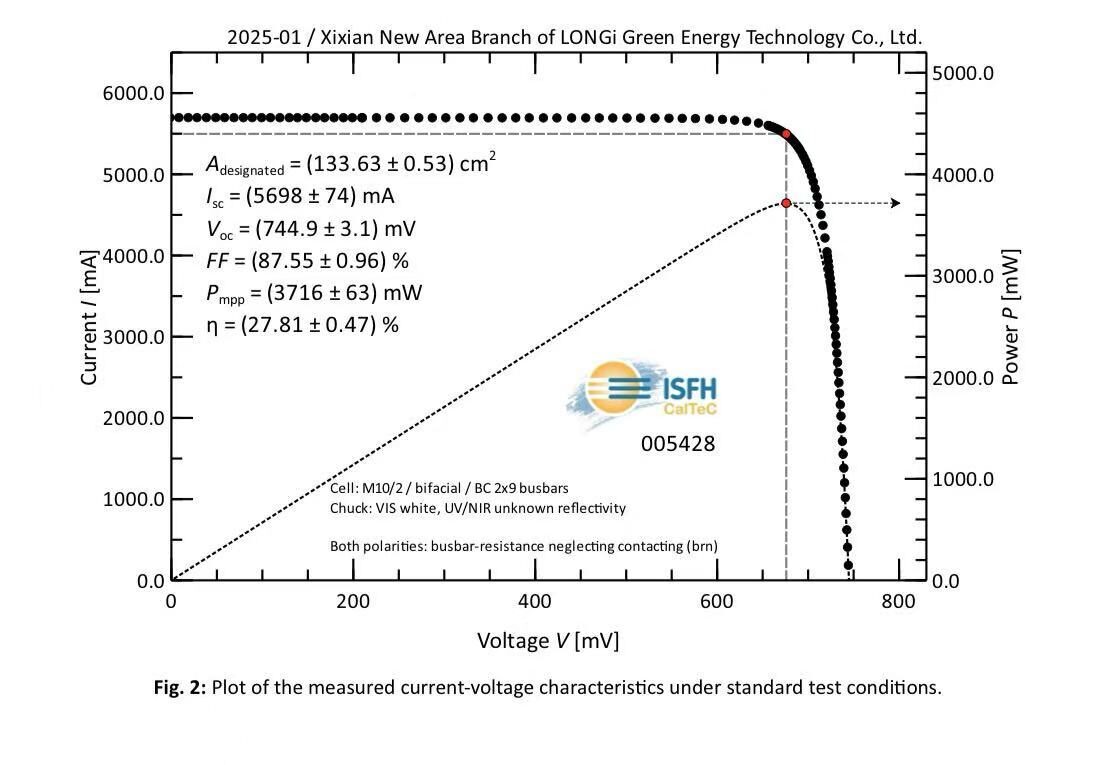The redox flow battery concept is nothing new. A vanadium-based option, for example, has for quite some time been developed and refined by a number of companies from Asia, Europe and the U.S., Lorenzo Grande from IDTechEx told pv magazine at the recent Energy Storage Europe 2017 exhibition in Düsseldorf, Germany.
So far, he says, this technology has not yet achieved any notable market breakthrough, but all that could be about to change as redox flow batteries begin to compete with lithium-ion batteries on price.
Investment costs for lithium batteries remain the lowest on the market, but the technology’s output and capacity decrease at a faster rate than redox flow, which offers much slower rates of degradation. Grande believes that over the next 10-20 years, redox flow batteries can become cheaper than lithium-ion.
Already, some projects are opting for redox flow. Grande reports on a Japanese company that has installed 104 MW of this technology worldwide, while other companies in Europe such as Gildemeister and Schmid have, while relatively modest in number, also embraced the technology.
Grande adds that U.S.-based company UniEnergy Technologies (UET) is also interesting. Because vanadium is also used in the steel industry, UET is seeking to reduce production prices of the technology in partnership with a Chinese steel manufacturer.
To learn more about this trend and other issues related to redox flow battery technology, take a look at the latest pv magazine video here.
This content is protected by copyright and may not be reused. If you want to cooperate with us and would like to reuse some of our content, please contact: editors@pv-magazine.com.




Prices need to drop much faster than over the next 10-20 years. The price of Li-Ion is dropping very fast. Some 90% in the last 9 years or so, and this will continue as EV cars ramp up.
This reminds me of CSP / CPV and PV. Each time they started to make gains, PV panel and other costs dropped. In the end, they have a very small marketshare.
It doesn’t matter how great your technology is, if someone else can deliver something similar for a much lower price.